Summer’s warm, sunny days are something we all eagerly anticipate. But while we humans may relish the seasonal warmth, it can sometimes pose challenges for our indoor green companions. Houseplants, like people, need special care during the hotter months. Here are some essential tips to keep your indoor plants healthy and thriving during the summer heat:
1. Adjust Your Watering Schedule
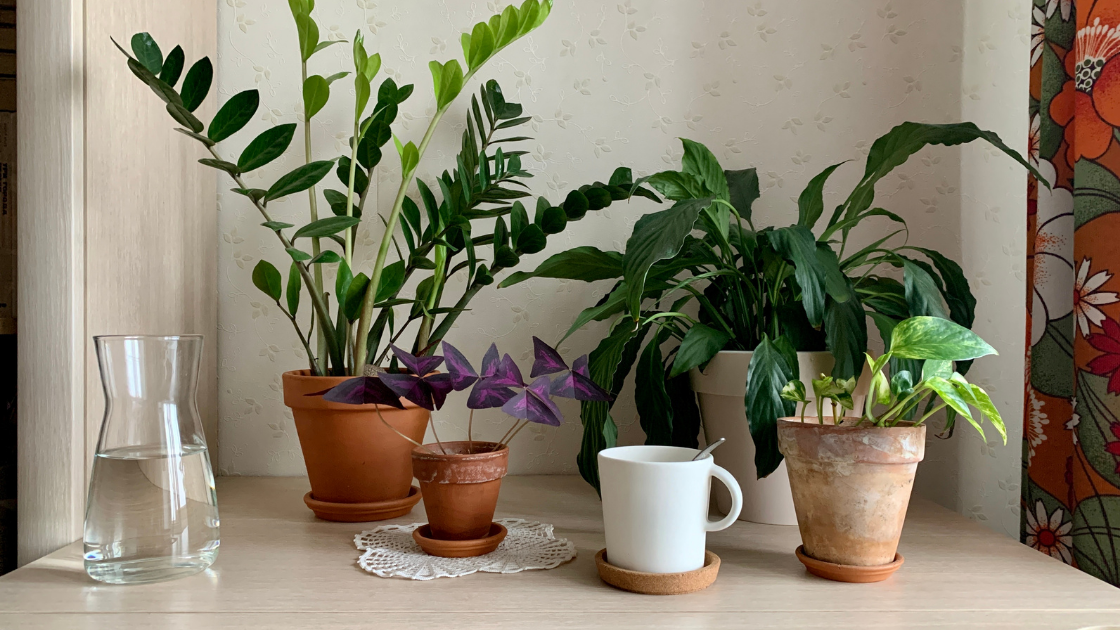
Summer’s increased temperatures and longer daylight hours can lead to your plants drying out more quickly. Consequently, you might need to water your plants more frequently. However, avoid overwatering; ensure the top inch of soil is dry before watering again. Remember, different plants have different water needs, so it’s essential to adjust based on the specific requirements of each plant.
2. Keep an Eye on Light Levels

Although plants need light for photosynthesis, the intense summer sun can cause scorching, especially in south-facing windows. Consider relocating your plants or using sheer curtains to filter the sunlight. Rotate plants occasionally to ensure all sides get equal exposure and prevent leaning.
3. Maintain Optimal Humidity
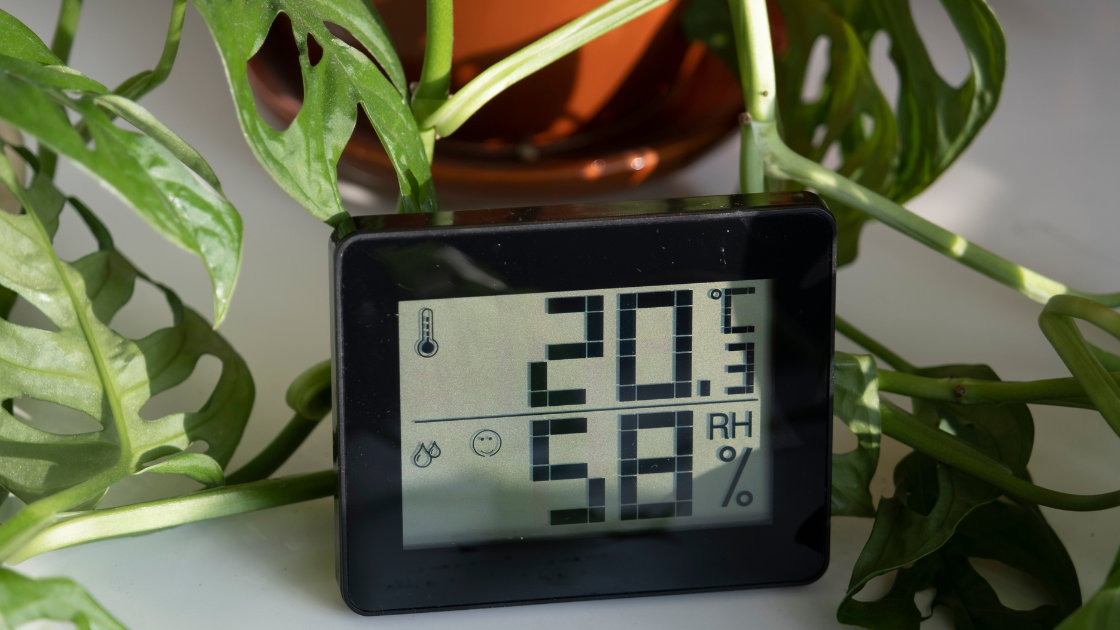
Many indoor plants originate from tropical environments and thrive in higher humidity. The summer heat combined with air conditioning can dry out the air in your home, causing stress to these plants. To increase humidity, you can mist your plants, place them on a tray of pebbles and water, or use a humidifier.
4. Be Mindful of Temperature Changes

While most houseplants enjoy a temperature of about 65-75°F, sudden changes can be harmful. Try to keep your plants away from cold drafts from air conditioners and hot blasts from heating vents or doors leading outside.
5. Check for Pests
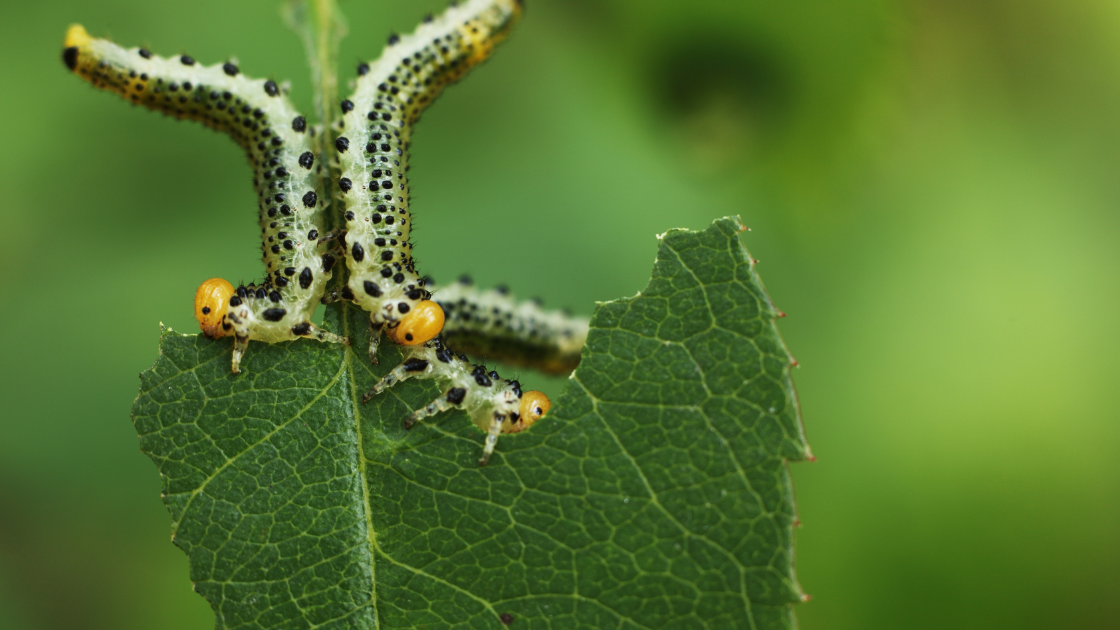
Summer is often the peak time for pests. Regularly inspect your plants for signs of infestation, such as discoloration, spots, or webbing. If you notice any of these, isolate the affected plant to prevent spreading and treat it promptly with a suitable solution.
6. Feed Your Plants
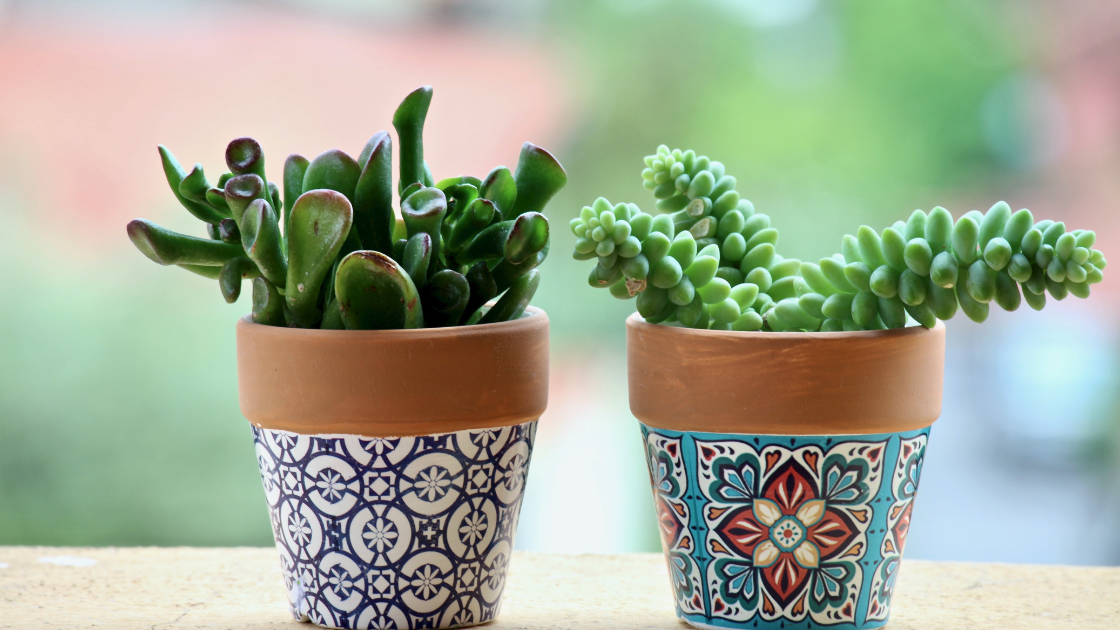
Summer is the growing season for many houseplants, so they may need a little extra nutrition. Consider using a suitable plant fertilizer, but remember to follow the instructions – over-fertilizing can be detrimental.
7. Prune as Needed
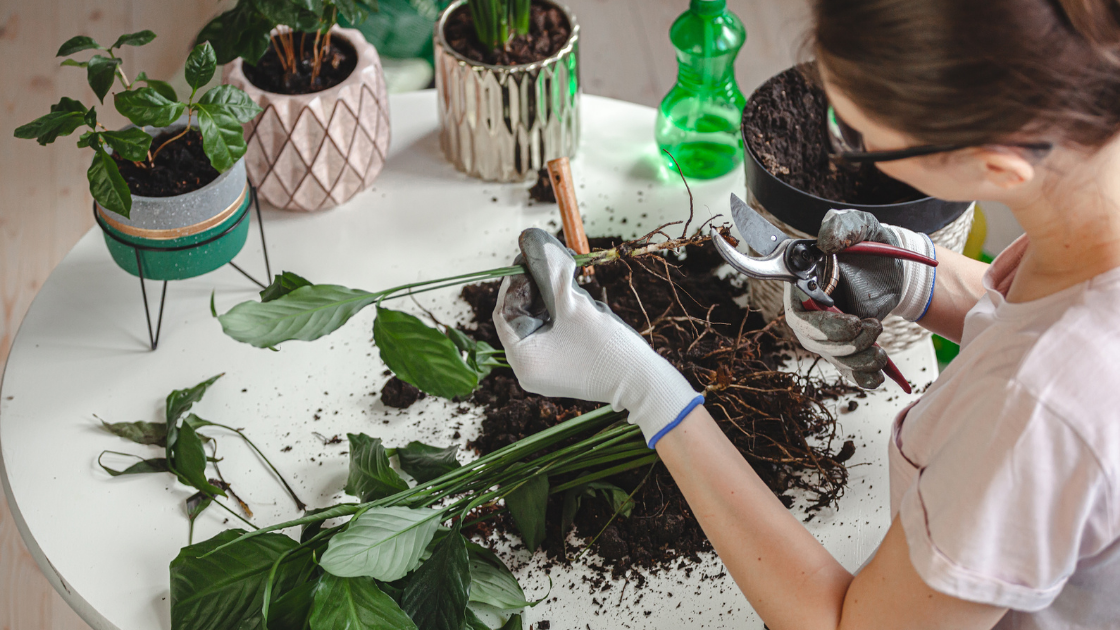
Pruning can help your houseplants grow more lush and healthy. Summer is a good time to prune as plants are in their active growth phase. Remove any yellow or brown leaves, and trim leggy growth to maintain a pleasing shape.
Remember, every plant is unique and has its own set of needs, especially when it comes to water, light, heat and humidity. With these tips, you’ll be well on your way to keeping your indoor plants not just surviving but thriving through the summer months. Happy gardening!
